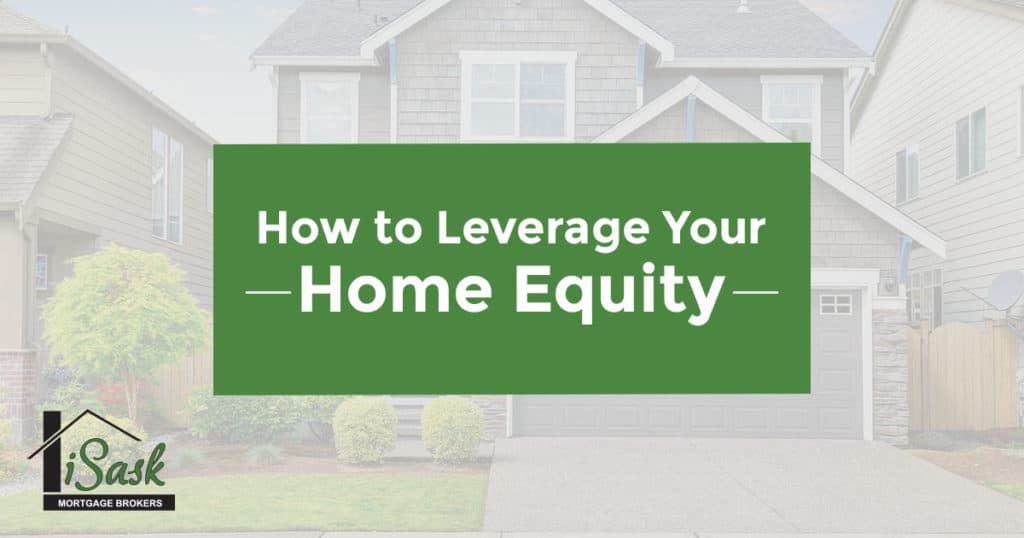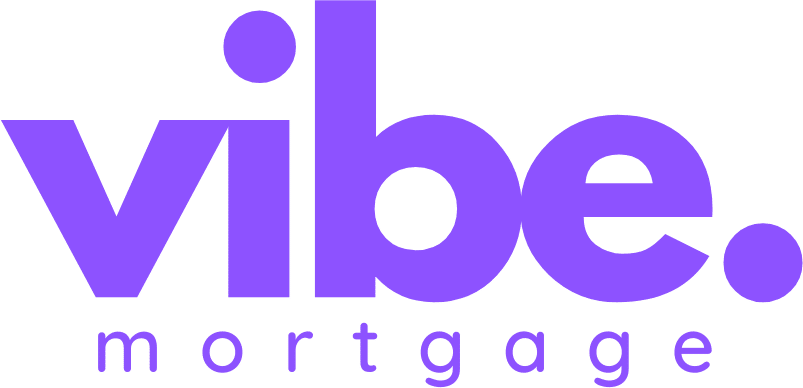How to Leverage Your Home Equity

The value of your home is based on its current market value, which is determined by many factors including location, condition, and demand for homes in your area. Your available equity takes into consideration this value as well as any outstanding loans or mortgages against the property.
Find Out How Much Equity You Have.
If you own a house, you probably have some equity in it. This means that you have more value in your home than you owe on your mortgage. In fact, you might even have enough equity to buy another property or pay off outstanding debts and save on the interest.
The amount of equity you have depends on several factors including the principal owing on your mortgage, the current value of your home and the type of mortgage you have, including any penalties or clauses that might impact your ability to borrow.
To figure out an approximate amount of equity available, find the current principal balance of your mortgage and subtract it from a market estimate for the value of your home. This amount would be the approximate equity but not necessarily the amount available to you.
Calculate How Much You Can Spend Using Your Home's Value.
Now that you know approximately how much equity you have in your home, you need to figure out how much you can spend using that equity. Depending on the lender and product, you may be able to borrow up to 80% of the value of your property, including any outstanding loans or mortgages on the property. If your home value has increased or you have paid down a substantial amount of your mortgage, this may be beneficial to you.
To calculate this, take the value of the property and multiply it by 0.80. This will give you the 80% available. Next, subtract any mortgages, loans or lines of credit against the property. The final number should be the approx. available equity.
What Products Can Be Used to Access Your Home’s Equity.
Options for accessing the equity in your home include a home-equity line of credit (HELOC), a second mortgage or a refinance of your mortgage. All of these options give you access to funds but work in different ways.
A line of credit (HELOC) will establish a credit line based on the equity in your home. This gives you the power to withdraw and repay up to the maximum amount of the approved limit. This way, as you pay back any amounts owed, your borrowing limits increase. For example, if you have a HELOC for $100,000 and you've borrowed $10,000 leaving $90,000 available, as you pay back that $10,000, your borrowing allowance increases until it reaches $100,000 again. Rates on a HELOC are typically variable and will adjust as the market interest rates change.
A refinance allows you to start a new mortgage based on the equity available and access additional amounts to pay off debt, do renovations on your property or invest. This product will let you choose between a variable or fixed rate and long or short amortization, depending on certain criteria. The refinance mortgage will pay out your existing mortgage and any penalties or charges.
A second mortgage allows you to borrow against the equity in your home without removing the current mortgage. The lender on the second mortgage will register against the equity in your property behind your first mortgage. This means that if you sell, both mortgage lenders will need to be paid out of the proceeds. Second mortgages typically offer variable and fixed rates, however, due to the increased risk for the lenders, the rates are often higher than a typical mortgage.
Whether you are looking to tap into your equity for debt consolidation, building wealth or renovating your home, there are options available. Make sure to speak with an expert mortgage broker to make sure you get the right products for your needs. We are here to help whenever you have questions or concerns about your mortgage.

